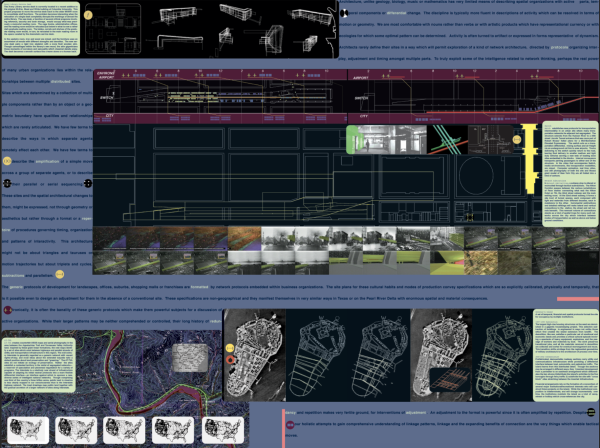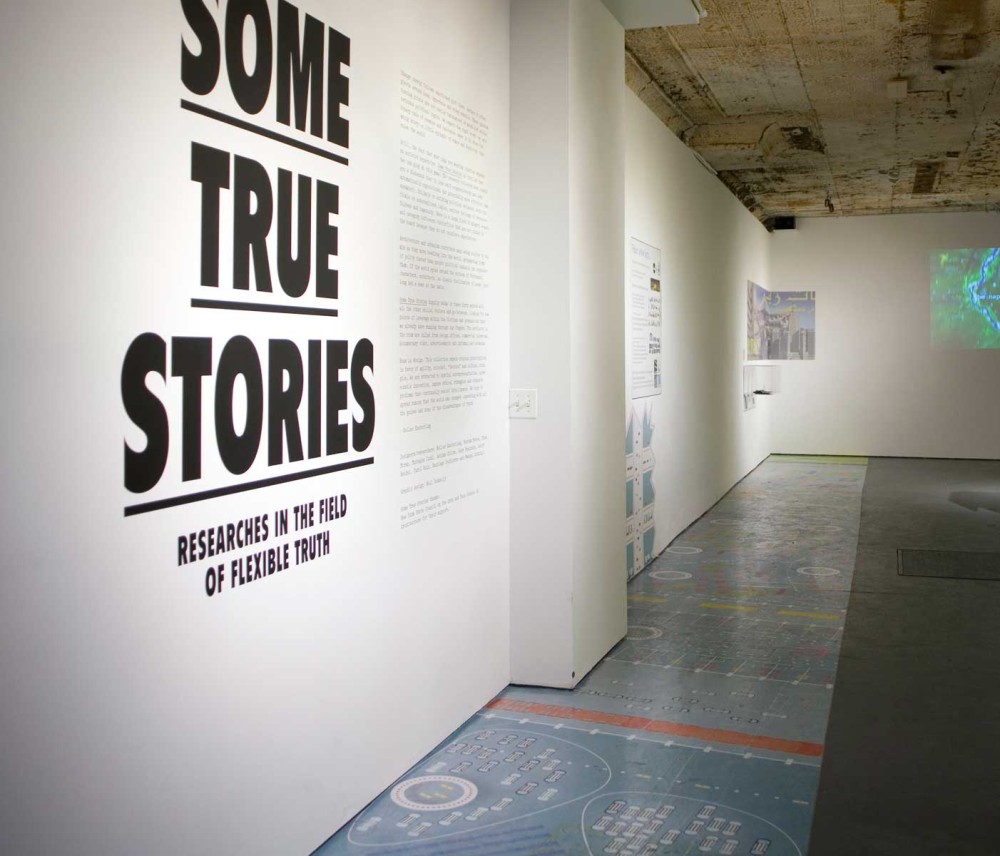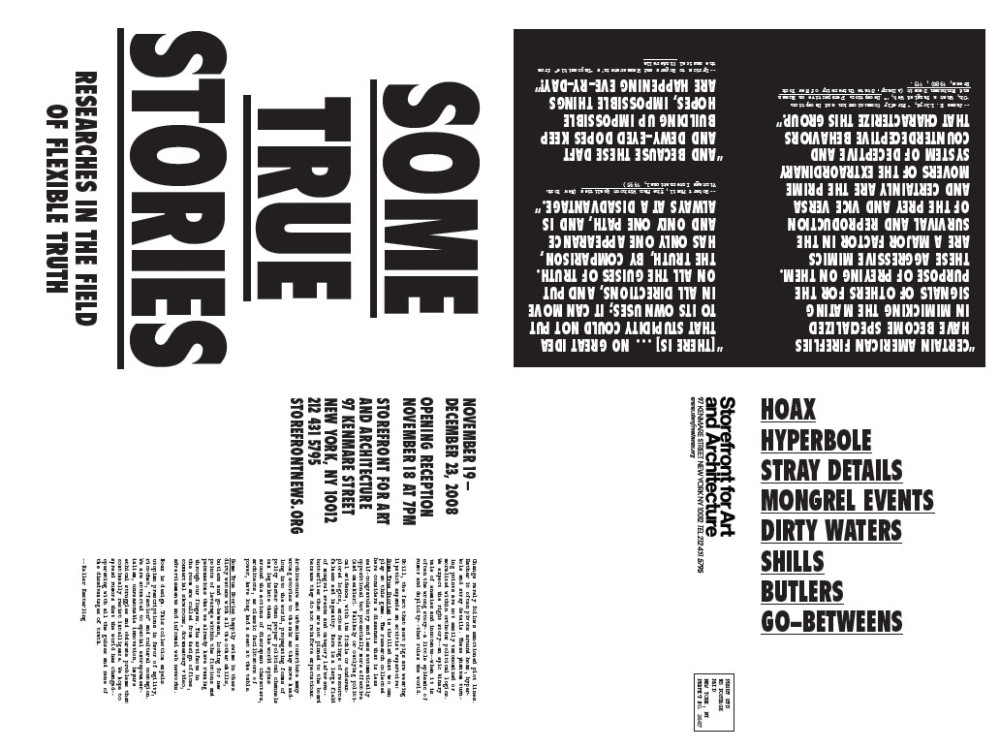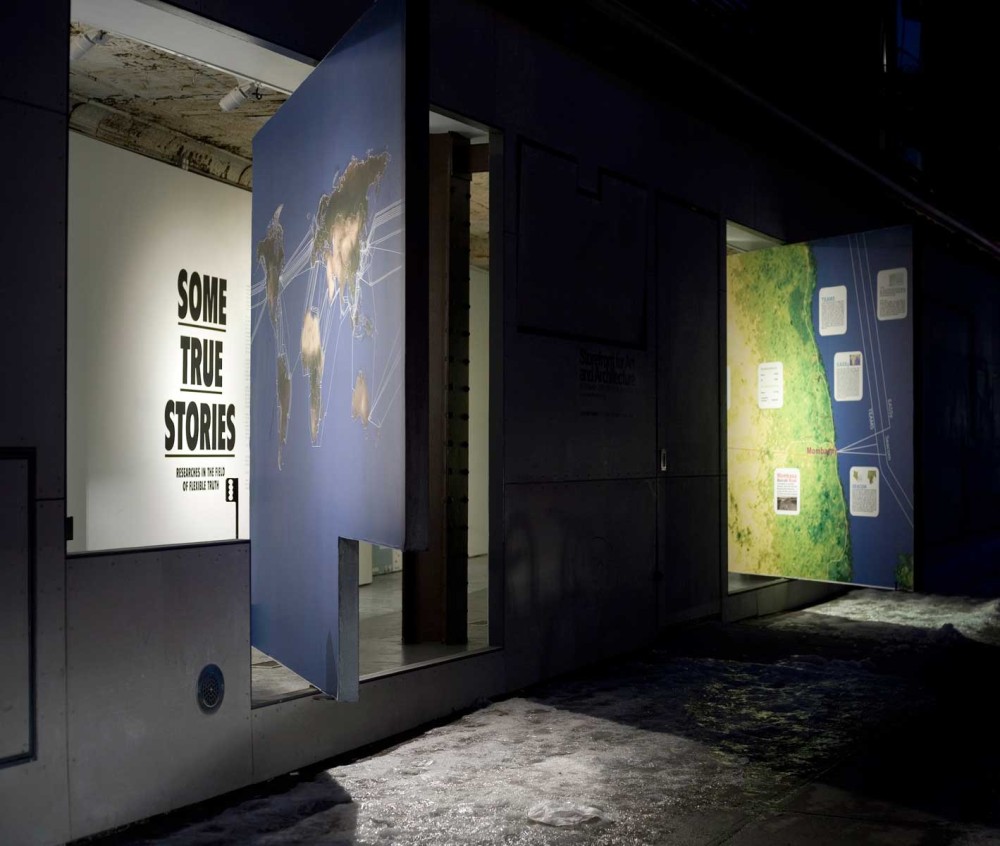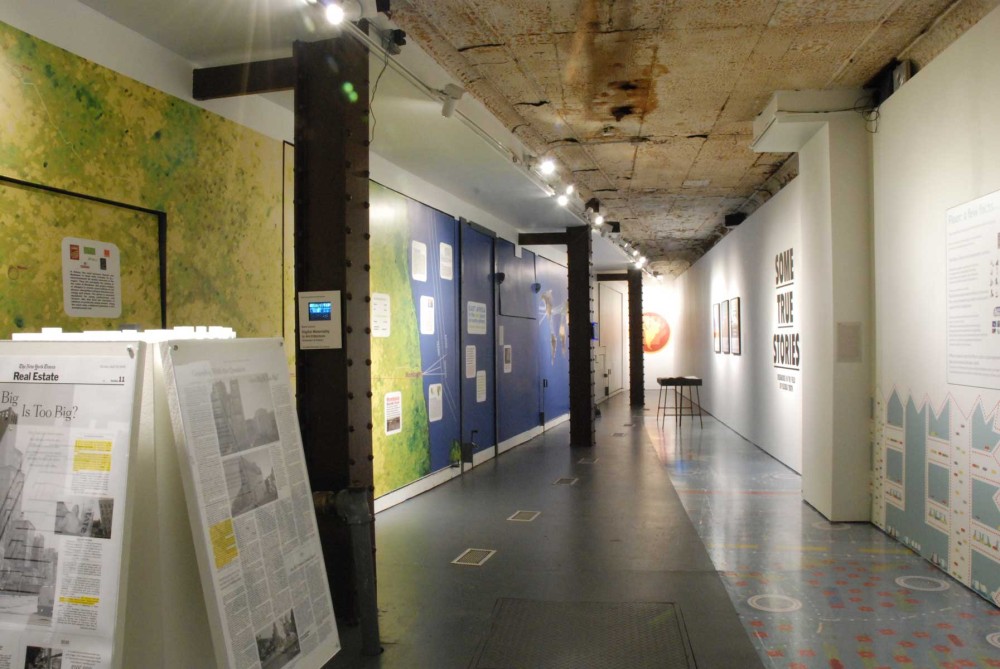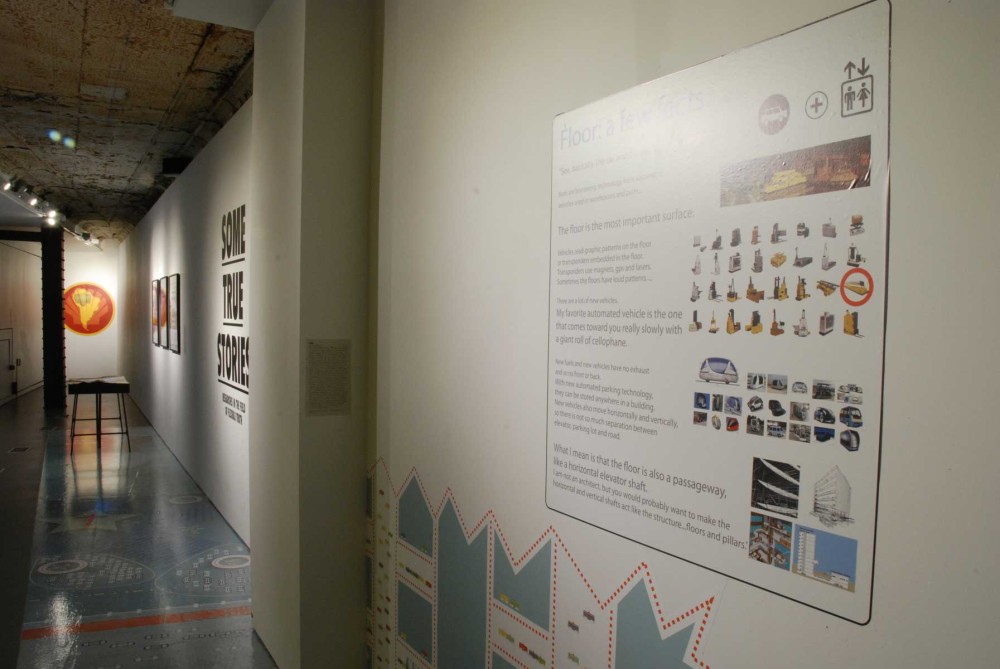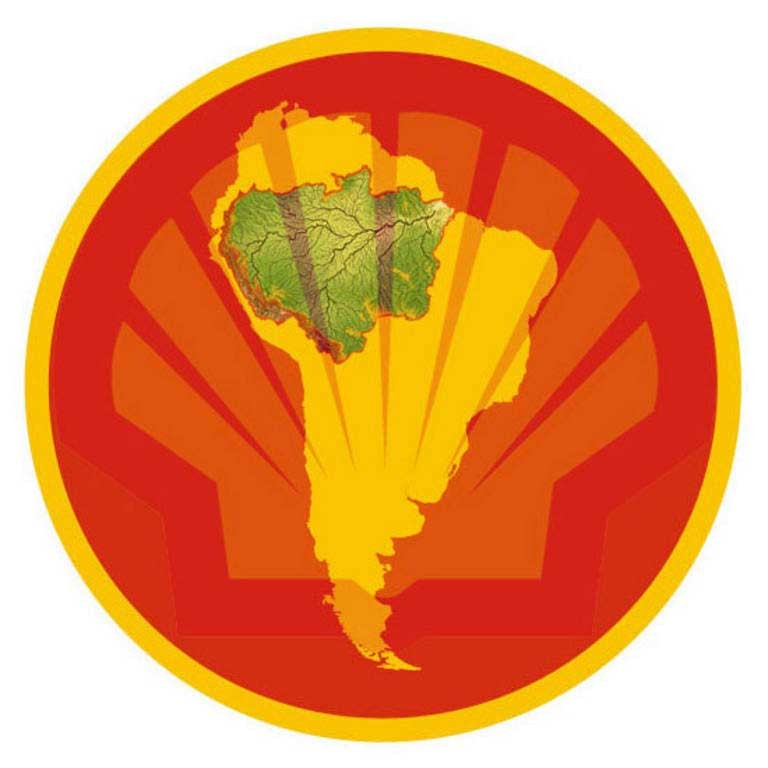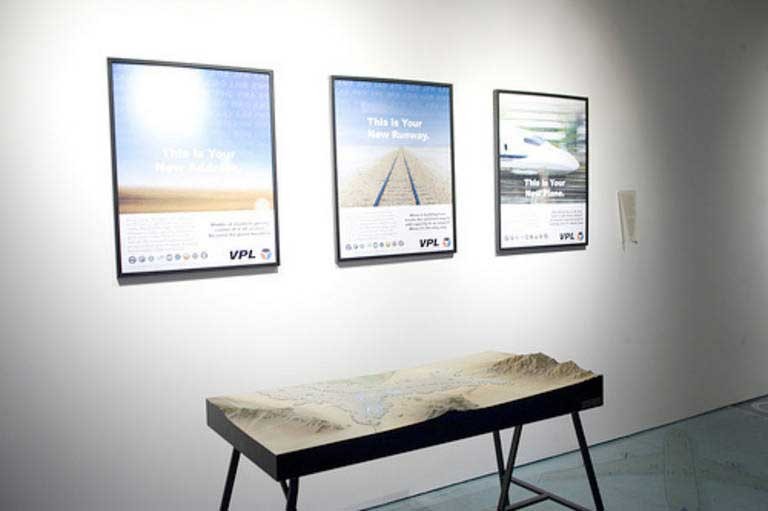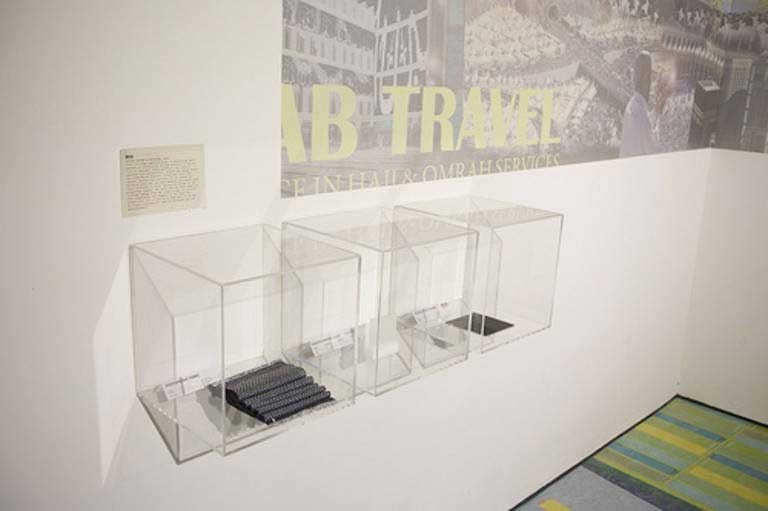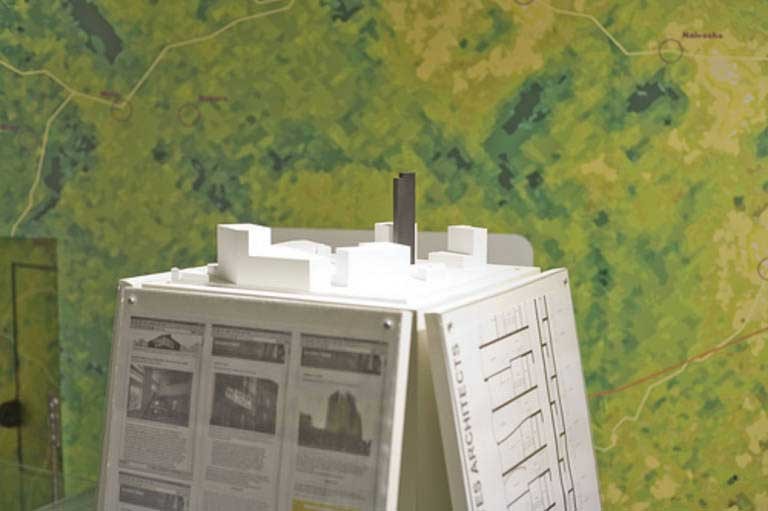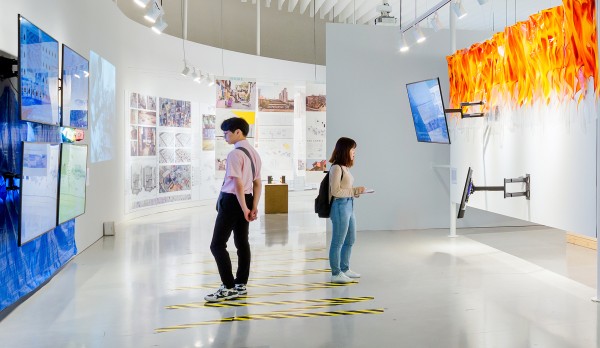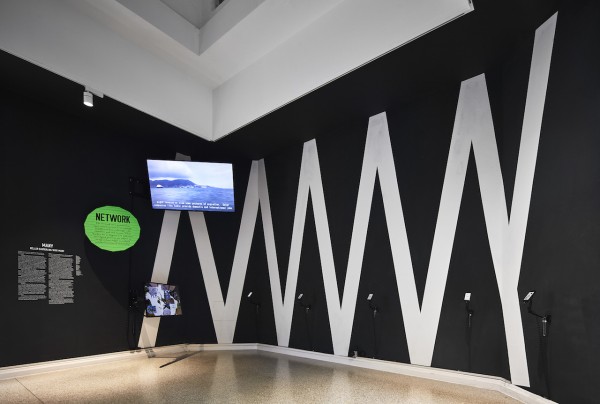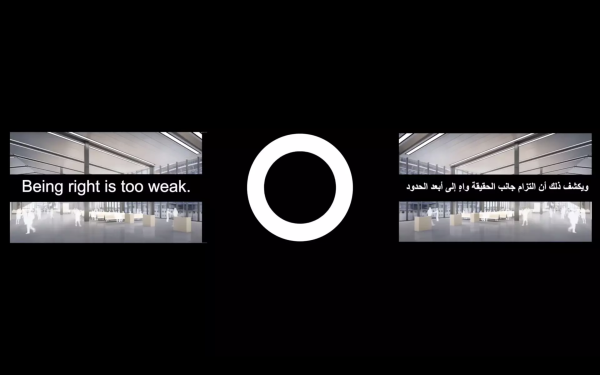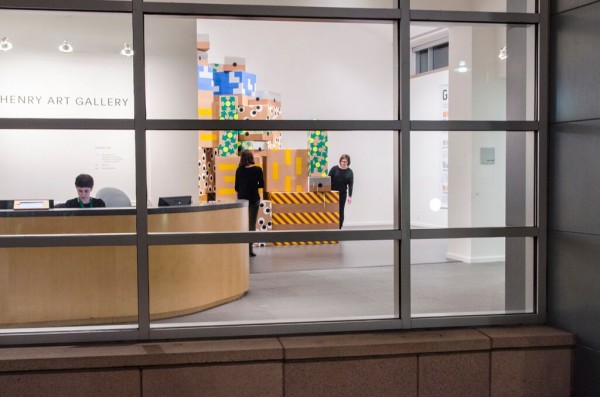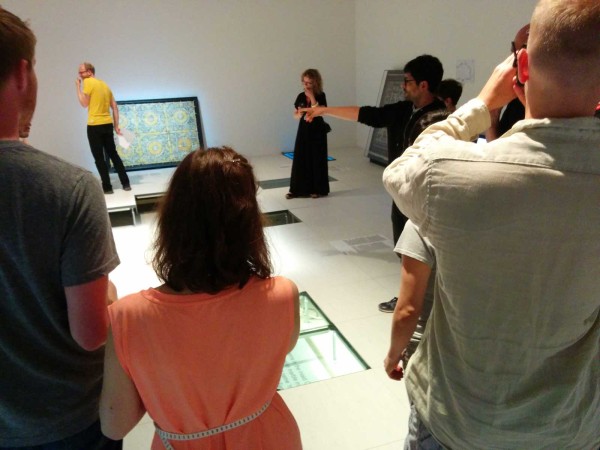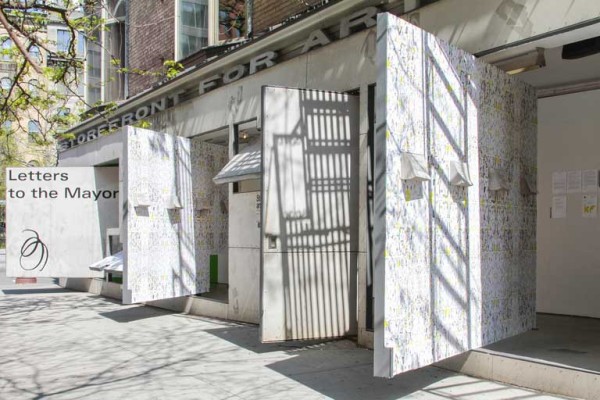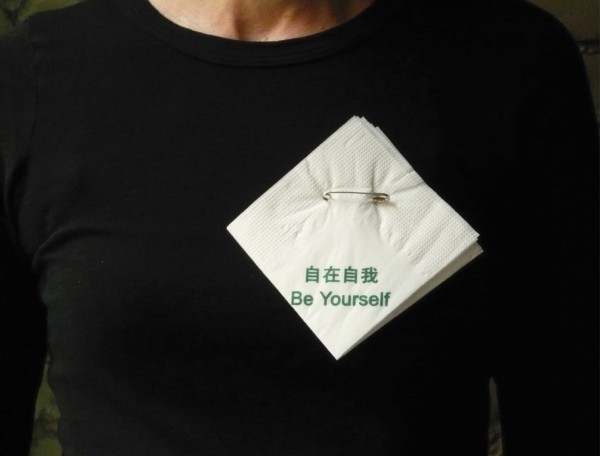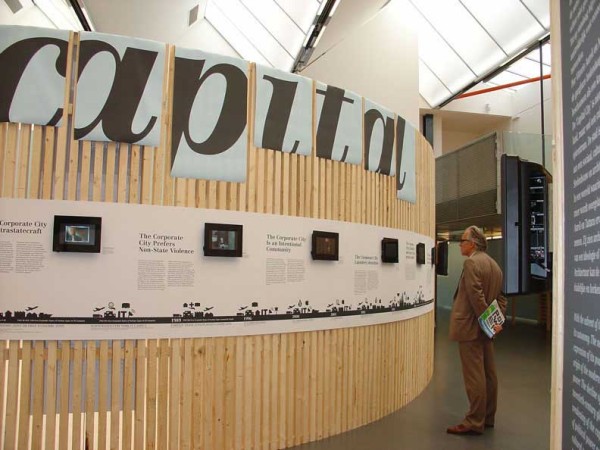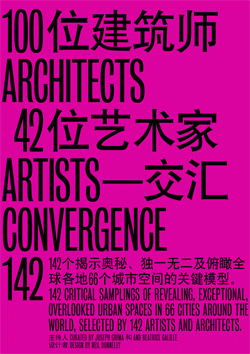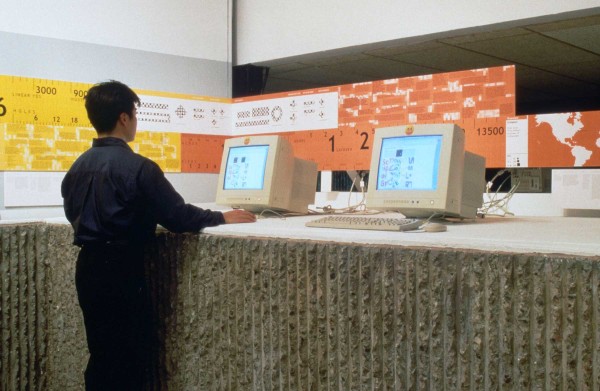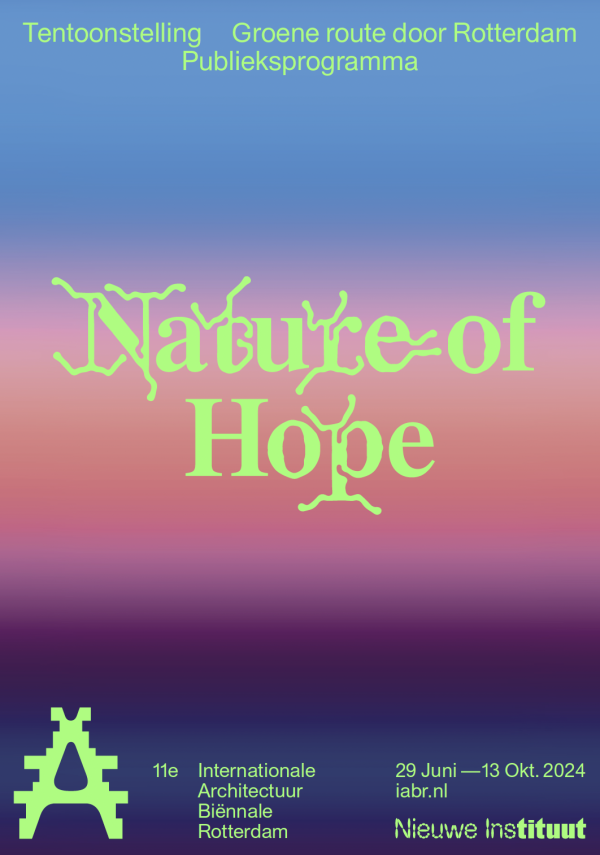Some True Stories: Researches in the Field of Flexible Truth
November 18, 2008 – October 23, 2009
Storefront for Art and Architecture, NY, NY
Some True Stories: Researches in the Field of Flexible Truth rehearsed the design of active forms within culture. The material presented was partially true—something like what Hollywood calls “faction.” In many cases the projects even constituted something like “a good idea”—something to relieve an abuse of people or environments, something to serve a need, something to create pleasure. Still, knowing that good ideas, like measure or reason, rarely create epidemics of persuasion in the world, the balance of the work involved the design of active forms—the turn of events by which ideas are actually implemented in culture.
Accepting the possibility that many of the most powerful operations in the world are powerful because they are lubricated by obfuscations, Some True Stories positioned itself an example of the very phenomenon by which it was inspired. Design is often a projection. In this case it was something more like hoax. The designs deliberately avoided forthright righteous reform. Instead, by pretending that the projects already existed, they congratulated the world on having had the better idea all along. The material then happily swam in dirty water with all the other shills, butlers and go-betweens. Rather than utopian prescriptions, the projects favored agility, ricochet, cultural contagion, and obdurate problems that continually resist intelligence. Operating with all the guises and none of the disadvantages of truth, Some True Stories hoped to spread rumors that the world had already changed.
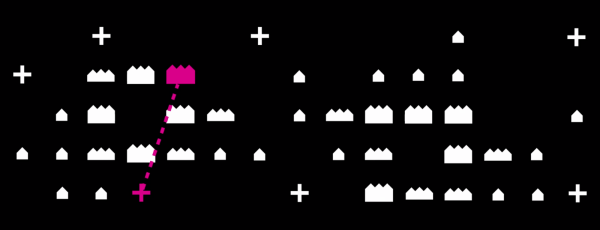
Subtraction Games Lux: Projection on Beinecke Library by Lisa Albaugh and Samantha Jaff 
April 10, 2015
Beinecke Library, New Haven, Connecticut
